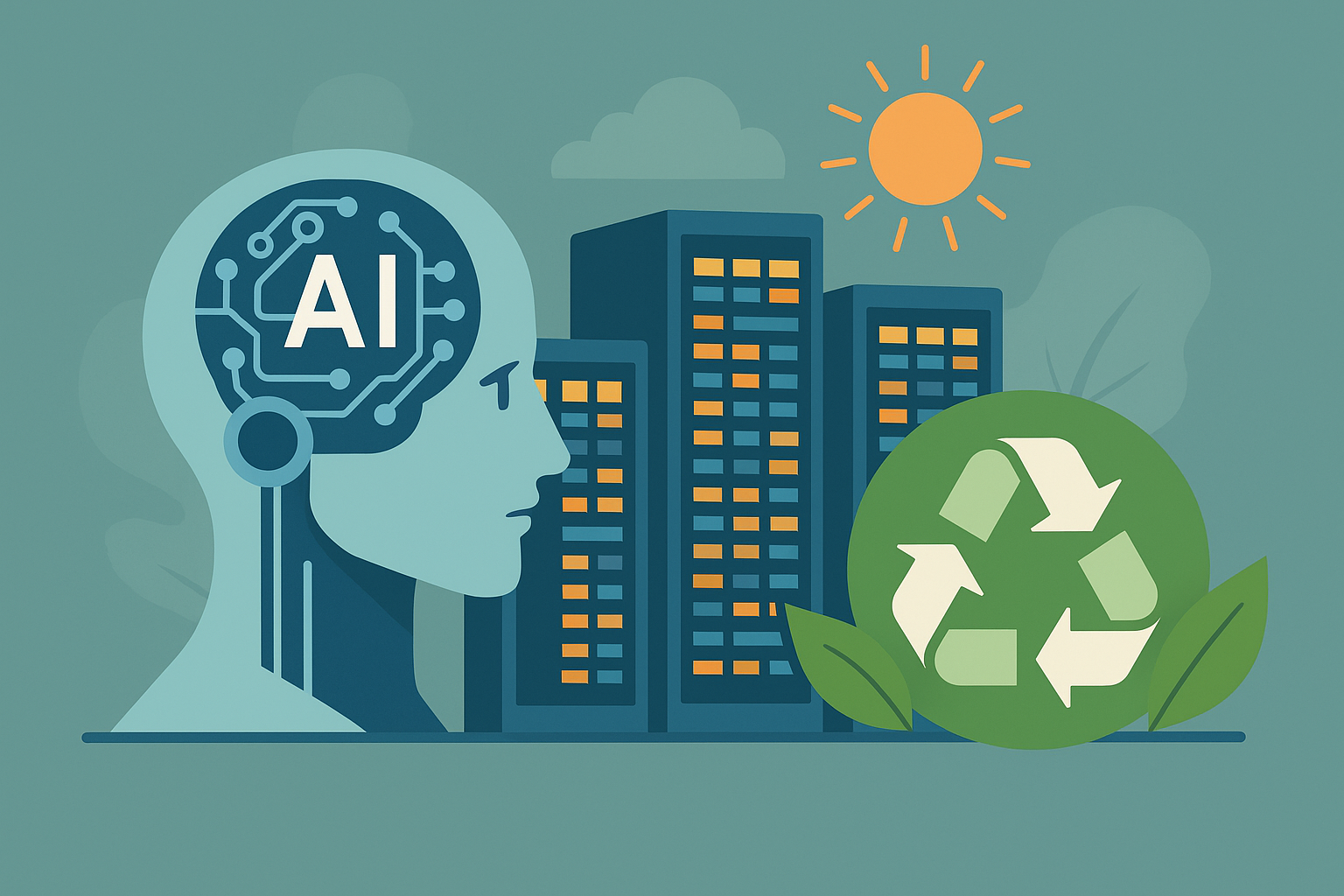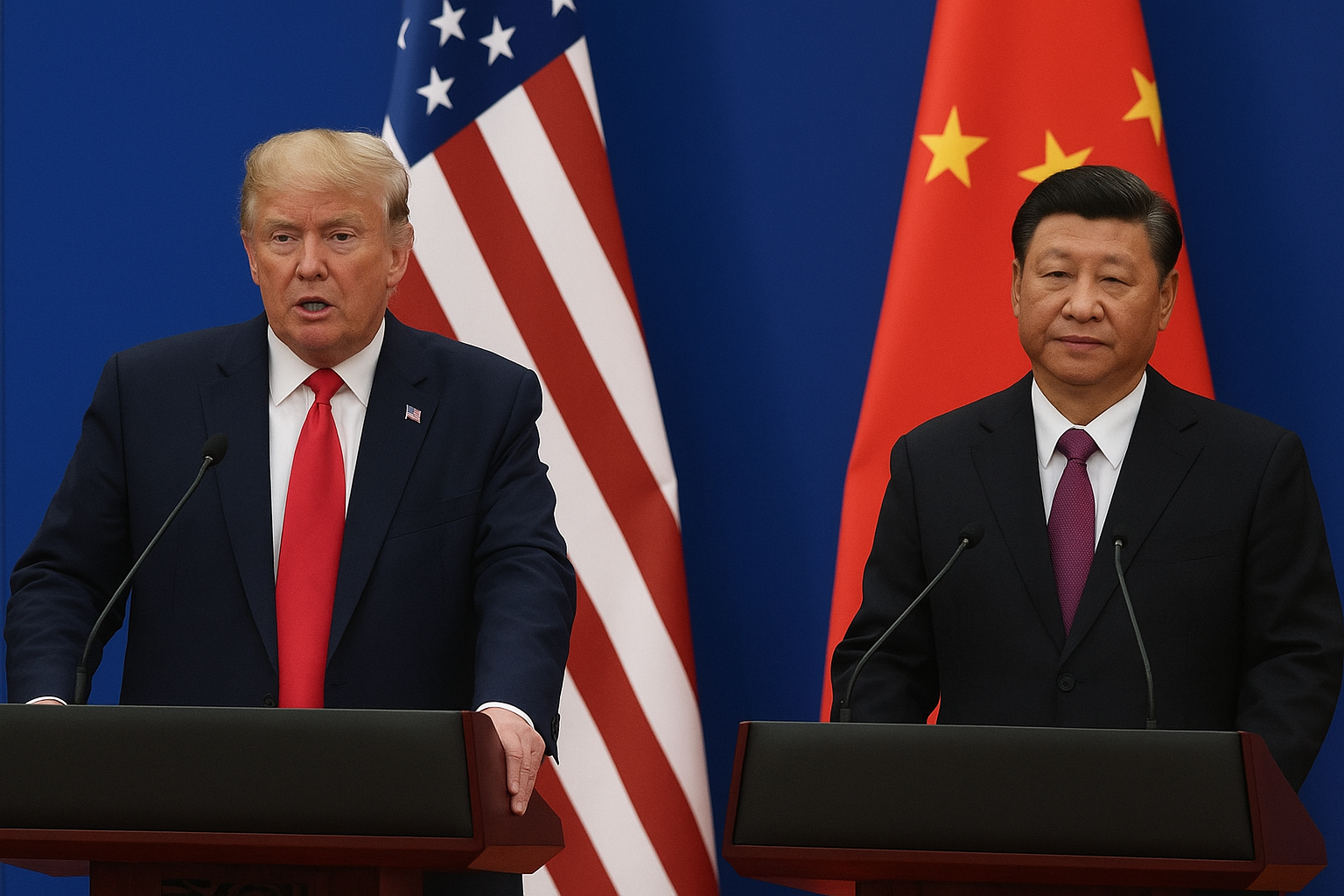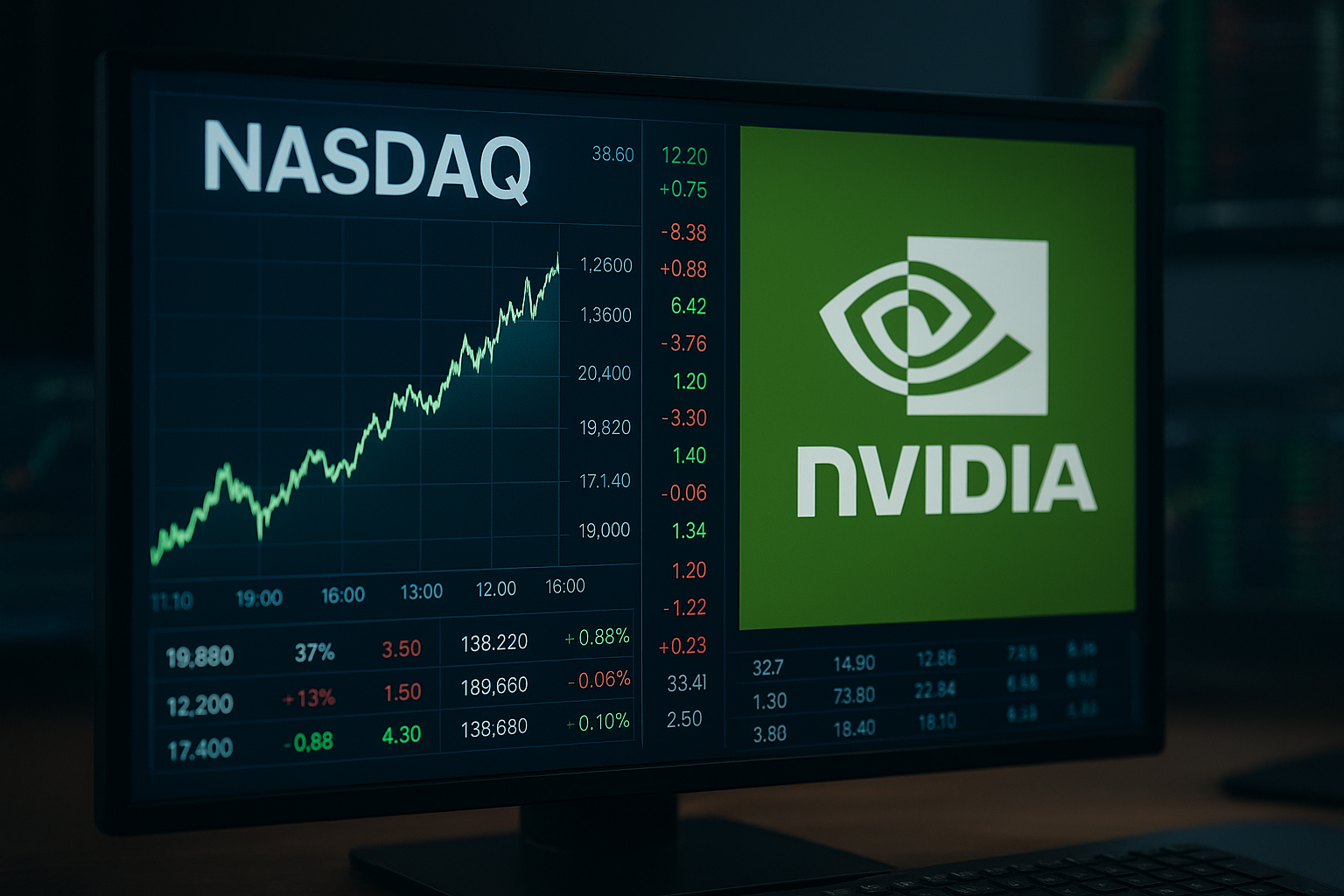Europe’s data center sector is heating up—literally and figuratively. As AI adoption accelerates and 5G infrastructure expands across the continent, the demand for high-performance data facilities is skyrocketing. But what’s truly drawing investor attention is how these centers are embracing sustainability—particularly through the innovative use of district heating systems that turn excess server heat into clean energy for local communities. This fusion of technology and environmental responsibility is quickly positioning Europe as a global leader in next-generation data infrastructure.
Rising Demand and the Role of AI
The European data center market is entering a golden era of growth. According to a recent GlobeNewswire report (May 15, 2025), AI integration, combined with the widespread rollout of 5G and cloud computing, is fueling a wave of infrastructure investments across major European hubs like Frankfurt, Amsterdam, Paris, and Dublin.
McKinsey previously projected that data usage in Europe would grow at a compound annual growth rate (CAGR) of 25% through 2027. This surge is largely attributable to AI’s data-intensive demands—requiring robust processing power and low-latency environments that only next-gen data centers can provide.
Sustainability Becomes a Market Driver
As the ESG (Environmental, Social, and Governance) agenda gains more traction in capital markets, the European Union is setting strict guidelines to decarbonize digital infrastructure. Operators are responding with sustainable innovations, most notably the use of district heating. This concept recycles heat generated by servers and redistributes it to surrounding residential or commercial areas, creating a virtuous cycle of energy reuse.
In Sweden and Denmark, for instance, companies like Equinix and Interxion have already begun converting data center waste heat into clean energy, reducing carbon emissions and operational costs. These projects are increasingly attracting green-focused investors and ESG funds.
Why This Matters for Investors
This shift toward sustainable, AI-powered data infrastructure is more than a regional trend—it signals a long-term market transformation. Companies providing AI hardware, liquid cooling systems, green energy solutions, and automation software are poised for exponential growth.
Some of the notable publicly traded companies benefitting from this trend include:
- NVIDIA (NASDAQ: NVDA) – Powering AI models and GPU infrastructure inside data centers.
- Vertiv Holdings (NYSE: VRT) – Specializing in thermal and power management for sustainable data centers.
- Equinix (NASDAQ: EQIX) – A global leader in colocation and interconnection services, with deep roots in Europe.
- ABB Ltd (SWX: ABBN) – Providing grid and automation solutions essential for energy-efficient facilities.
Private equity firms are also doubling down. According to Morningstar, the number of European data center M&A deals involving ESG-aligned targets rose by over 35% in the past year.
Future Trends to Watch
- AI-Driven Automation: Facilities will increasingly deploy machine learning to optimize server loads, energy use, and predictive maintenance.
- Hydrogen & Renewable Integration: Pilot projects in the Netherlands and Norway are exploring how renewable hydrogen can further decarbonize operations.
- Government Policy Catalysts: EU’s Digital Decade goals and sustainability directives will continue driving capital toward green infrastructure initiatives.
Key Investment Insight
Investors looking for long-term exposure to Europe’s digital transformation should explore sectors intersecting AI, sustainability, and data infrastructure. Consider thematic ETFs or funds focused on green tech, AI infrastructure, or smart cities. Monitoring EU regulatory shifts will be essential, as future subsidies and standards will shape the investment landscape.
As Europe reinvents how data is stored, managed, and recycled, investors have a rare window into a high-growth, high-impact market. Stay ahead of the curve with MoneyNews.Today—your trusted source for daily investor insights, trend analysis, and actionable opportunities.





